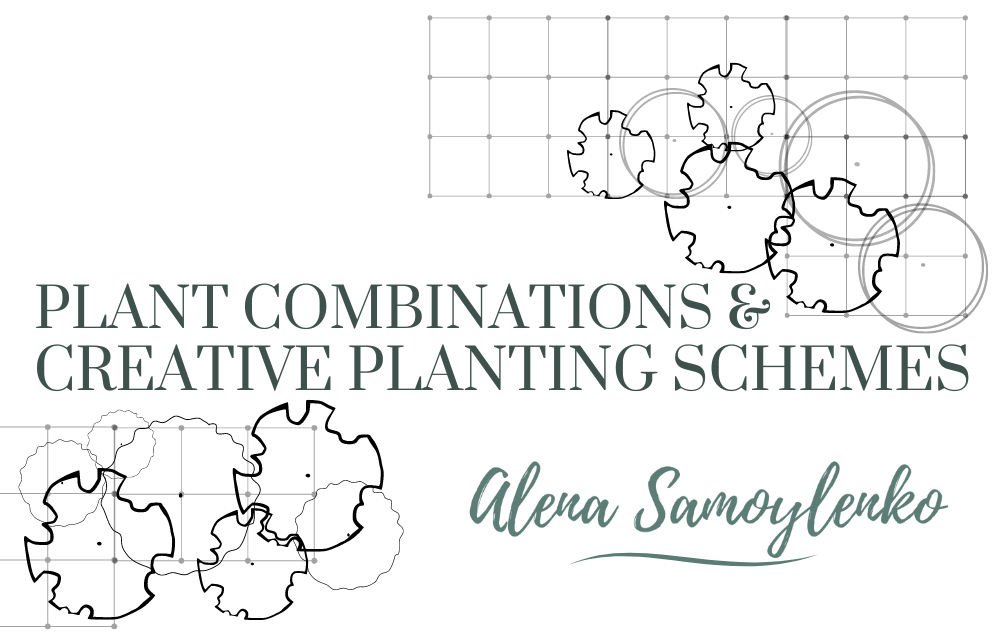Let’s transform your garden into a tranquil butterfly haven, where you can relax and enjoy the graceful dance of butterflies. Follow these easy steps to bring this enchanting vision to life:
Step 1: Designing the Seating Area
Find a sunny spot in your garden to create a cozy seating area for relaxation and butterfly watching. Install a comfortable bench underneath a charming arch to add a touch of elegance to the space. Enhance the ambiance by interweaving flowering vines like honeysuckle (Lonicera caprifolium) around the arch. Butterflies are drawn to the sweet nectar of honeysuckle, making it a perfect addition to your butterfly garden.
You can build the butterfly garden entrance such that you enter through an arch entwined with a honeysuckle or a rose.

Step 2: Wind Protection with Golden Currant
Shield your tranquil space from strong winds by creating a hedge using Golden currant (Ribes aureum). This small to medium-sized shrub boasts vibrant yellow flowers, adding a burst of color to your garden. Not only does it beautify your sanctuary, but it also provides valuable food for both humans and wildlife. You and your family can enjoy the edible berries, while the fragrant flowers attract various insects, including bees and butterflies, making it a delightful spot for these pollinators to visit.
To plant your golden currant hedge, make sure to space the seedlings about 50 – 60 cm (20-24 inches) apart in a row.

Step 3: Fragrant Lavender Border
Along the path leading to your bench, create a fragrant lavender border. Lavender not only adds a beautiful touch to your garden but also entices beneficial bees and other pollinators. Measure 30 cm (12 inches)from the path and space each lavender plant 30-45 cm (12-18 inches) apart from each other.

Step 4: Favorite Treat for Butterflies: The Buddleia
The butterfly’s ultimate delight is the Buddleia, and for our project, the Buddleja davidii ‘Butterfly Tower’ variety is a perfect choice. This small to medium-sized shrub boasts a strong upright growth habit, making it a stunning focal point in our garden. Adorned with a profusion of colorful flowers during the summertime, it’s a magnet for butterflies and other pollinators.
Step 5: Caterpillar-Friendly Food Plants
No butterfly garden is complete without considering the needs of caterpillars. In our design, we’ll incorporate two essential plants crucial to the butterfly life cycle: nettles and thistles. These plants will provide a safe habitat and nourishment for caterpillars to thrive and undergo their magical transformation.
If you’re concerned about nettles spreading and crowding out ornamental plants, you’re not alone. Nettles can be quite vigorous! However, there are strategies to keep them in check. Firstly, we strategically surround them with equally robust plants that can compete with them. Secondly, when nettles start to produce flowers, we prune them back almost to the root. This prevents them from spreading through self-seeding, and butterflies prefer plants with young, tender leaves for laying eggs.
Moreover, having a controlled nettle bush on the site has its benefits. It’s one of the first plants to emerge in spring, and its young leaves are packed with vitamins. Personally, I love adding these young leaves to smoothies. They have a neutral taste and serve as an excellent substitute for spinach, while offering even more health benefits.
In conclusion, don’t fear nettles—they’re a beautiful and vital plant in the ecosystem. We just need to learn how to manage them effectively.

Step 6: Nectar-Rich Perennials
To complete our butterfly haven, let’s introduce nectar-rich perennials. Choose plants that bloom at different times to ensure a steady supply of nectar for our winged friends.


Please note that the flowering periods can vary depending on your specific location and climate conditions.
This butterfly garden is just a starting point for your own unique project. Get your kids involved and turn it into a fun family activity that keeps them outdoors. For more ideas, check out the paperback copy of “Let’s Grow a Butterfly Garden: A Kid’s Guide to Gardening and Conservation.”

Prefer the digital route? Download and print your own copy right at home! Plus, as a special bonus, gain access to ‘My Butterfly Observation Journal,’ where kids can document their fascinating observations firsthand.






Leave a Reply